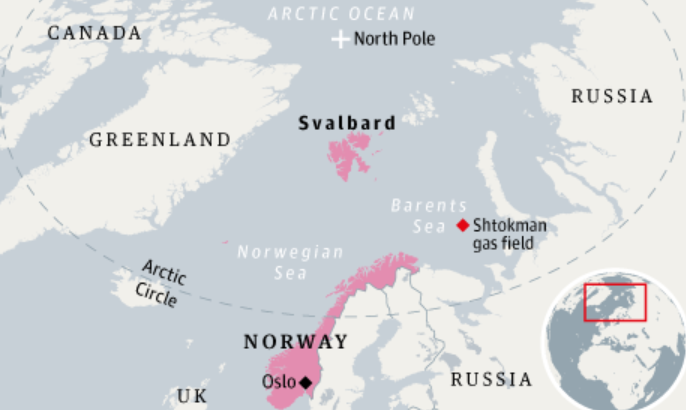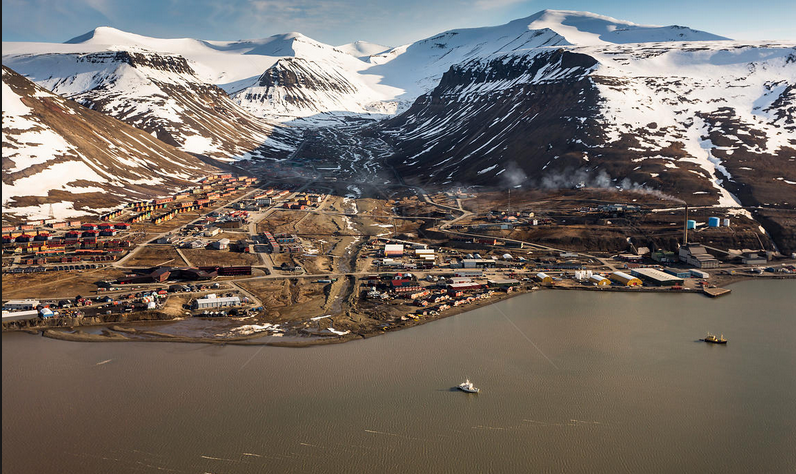Isn’t it strange that in this world there is the remote Norwegian town of Longyearbyen where dying is banned. Dying is ultimate truth, no one can deny from this truth. How and why this town follow this strange and weird law since 1950? Here in this blog you will find the all the answers rising in your mind.
Where is Longyearbyen City located?
Interesting facts about Longyearbyen city.
Why is dying illegal in Longyearbyen city?
How people of Longyearbyen follow these laws?
What happen to the bodies if someone die in Longyearbyen city?
Where is Longyearbyen City located?

Longyearbyen, Svalbard, Norway: One of the world’s most northerly cities, located on the archipelago of Svalbard. Longyearbyen is a coal-mining town in the remote Svalbard chain of islands. As of December 2015, the town had a population of 2,144. Longyearbyen is located in the Longyear Valley along the Longyear River and on the shore of Adventfjorden, a bay of Isfjorden located on the west coast of Spitsbergen.
Few more interesting facts about Longyearbyen:
- Longyearbyen was founded by an American, John Longyear, started the Arctic Coal Company and set up a mining operation for around 500 people in 1906.
- Longyearbyen is built on stilts. The ground in Svalbard is permafrost, which means the soil is permanently frozen year round. In Longyearbyen the permafrost ranges from 10 to 40 meters deep, with an active layer that melts each summer as the temperatures rise above freezing. The slits, or piles, keep the building away from the active layer to prevent flooding and sinking!
- It’s a local custom to take your shoes off indoors but slippers are often provided to keep your feet from getting cold!
- Its required to carry gun when you go out because more than 3,000 polar bears live around Svalbard.
- There are no roads outside of the settlements of Longyearbyen, Barentsburg and Ny-Ålesund and the roads do not connect the settlements with each other. Snowmobiles, called snow scooters in Svalbard, are crucial for transportation in the long winter months.
- The sun sets each year for the very last time on October 25th and it will not rise above the horizon again for four months.
- The streets of Longyearbyen do not have names, they simply go by numbers.
- Svalbard is home to abundant Arctic bird populations and cats pose a problem for the bird life. So you can’t have a cat as a pet.
- Average temperatures in February are -17°C (1.4°F), although they have been known to plummet to as low as -46.3°C (-51.3°F) around this time of year.
- There is no old people’s home on the island, or any institutions set up to care for the frail and elderly, so they must be moved ahead of their death.
- Expected mothers cannot give birth on the island because there is no hospital, so instead weeks before their due date have to fly to the mainland, only returning to their homes weeks after their baby is born.

Why Dying is not allowed in Longyearbyen city?
Dying has been banned on the island since 1950, when it was discovered that bodies in the local cemetery were not decomposing because of the chilly temperatures, The island’s climate is so Arctic that in the 2000s, scientists, morbidly fascinated by the discovery, tested corpses buried there who succumbed to the 1917 influenza virus and to their amazement, retrieved live samples of the virus. Residents had been living among the deadly virus for decades, without even realising it.
The graveyard no longer takes any new inhabitants because of fears disease will spread throughout the island, meaning that even those who have lived their whole life on the island, cannot be buried there. Its graveyard contains the remains of a number of victims of the deadly Spanish Flu that killed as many as 100 million people worldwide in 1918.
Researchers have since conducted a study on the permafrost phenomenon that preserves the corpses in the graveyard. Samples of the Spanish Flu virus have been extracted from some of the bodies so researchers can study the disease in an attempt to prevent a similar outbreak.
How people of Longyearbyen follow these laws?
In a bleak prospect, those who are terminally ill are shipped off the island and flown hundreds of miles to the mainland city of Oslo, where they will spend the remainder of their days until death.
What happen to the bodies if someone die in Longyearbyen city?
If you should die there anyway, you most certainly will not be buried there, because funerals don’t work the way they are supposed to. You can apply to have your cremated remains put into the ground, but it requires state approval.
Hope you like the article, share this friends and family and help them to know about this interesting city where dying is banned.
